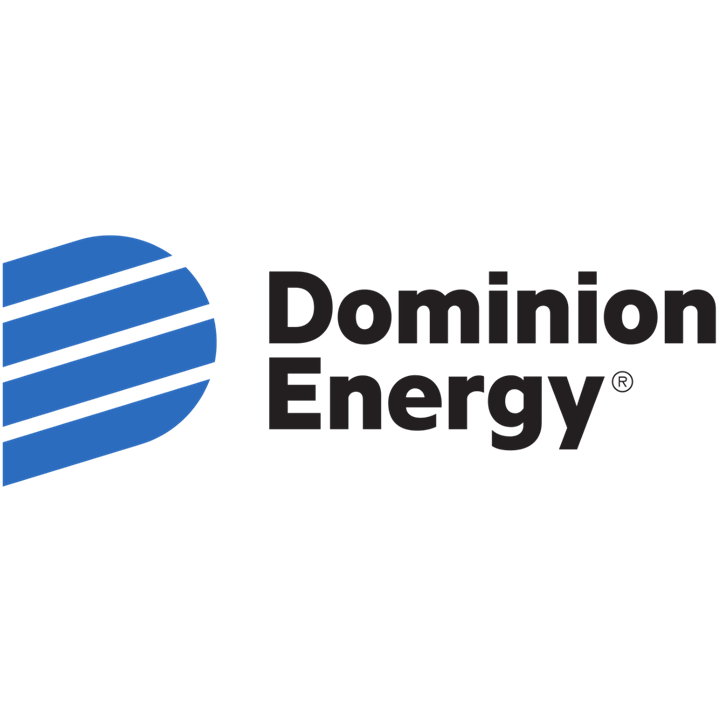Dominion Energy I Grid Modernization
Experienced regulatory support for utilities paves the way for a digital future and $3.5 billion in customer benefits

Our Impact
Legislative and regulatory activity sets the direction for utilities to be digital. Every regulatory environment is unique, but utilities undergoing large grid modernization programs will progress through similar stages. These programs are unprecedented in size, scope, budget, duration, and impact—with significant stakes for utilities and their senior executives. That’s why Dominion Energy Virginia looked to West Monroe as it sought regulatory approval for its Grid Transformation Plan.
Over the course of a multi-year engagement, we helped Dominion Energy determine an achievable scope, schedule, and budget for its grid modernization plan; calculate the quantitative and qualitative benefits relative to the plan’s cost; and then present its filing to deliver on the state’s Grid Transformation & Security Act (GTSA) objectives. With our support, the company earned regulatory approval to move toward a digital future—and deliver significant economic impact.
$3.5 billion
$2 billion
10,000
The Full Story
The Challenge
Virginia’s GTSA legislation considers distribution grid modernization investments to be in the public interest. This means investments must support improvements in service reliability/resiliency, distributed energy resource (DER) integration, energy efficiency, and security. The governing commission—an appointed regulatory agency—asks all utilities to present for its approval a plan to deliver on legislative objectives.
Under this mandate, Dominion Energy sought approval for a strategy and cost benefit analysis that supported its proposed grid modernization investments. The company needed external industry knowledge and expertise to justify the size, scope, and likelihood of delivering tangible benefits to customers. That’s where West Monroe came in.
We have worked on Dominion Energy’s grid transformation since 2017, so our team possessed a deep understanding of the organization’s operations, technology, and future vision. We’ve also supported similar regulatory filings for other utilities across the country as they become digital.
An Undeniably Different Approach
We fielded a team with a unique blend of expertise in utility legislative filings, utility operational and technology understanding, and unique depth in developing cost-benefit models. This included a deep understanding of utility economics, ratemaking, and regulatory processes—alongside specialists familiar with planning, budgeting, and deploying the technologies proposed in the filing. Additionally, we brought in customer experience experts to interpret survey data and tie the findings—particularly areas of need, unmet expectations, and dissatisfaction—to the value the proposed plan could deliver.
We also brought a digital mindset. When planned well, a digital operating model for a utility is primed to drive key legislative objectives.
Each of the technologies included in the plan—customer-enabling technologies, voltage optimization software, systems for managing and reconfiguring the grid automatically during outages, and systems for locating and managing distributed energy resources—represents an important step in becoming digital.
We also brought the energy. This work is exciting and rewarding for us, but we also understood the high stakes. We rolled up our sleeves and worked alongside Dominion Energy’s thought leaders to execute flawlessly through all stages:
- Develop a strategic grid modernization vision that reflects regulatory objectives
- Collaborate with more than 50 internal stakeholders from customer, operations/business, information technology, security, legal, and other functions, as well as senior executive and business leaders, to define requirements
- Identify key technologies and other enablers of the utility’s vision
- Calculate quantitative and qualitative benefits relative to the costs
- Define the internal and external KPIs used to communicate progress
- Develop and submit a comprehensive filing, including testimony and workpapers
- Serve as an expert witness alongside Dominion Energy’s witnesses in legislative hearing
- Respond to questions from government agencies vetting the filing
Project Timeline
Real Results
Dominion Energy received the approval it sought from the Virginia State Corporation Commission for nearly $1 billion in investments. This means the company can move forward to deploy systems and infrastructure that represent key steps in its digital journey.
That creates a big impact for the company’s customers and stakeholders: the potential for $3.5 billion in quantifiable benefits to utility customers over the 30- to 40-year average life of the assets included in the long-term plan. Operational savings will come from avoided/deferred capital expenditures, reduced operations and maintenance, reduced theft, energy and demand cost savings from more efficient use of resources, and the economic benefit of reduced outages.
The plan also holds the potential to deliver more than $2 billion in economic impact to the regional economy, including creating 1,000+ jobs annually throughout the 10-year deployment period.










